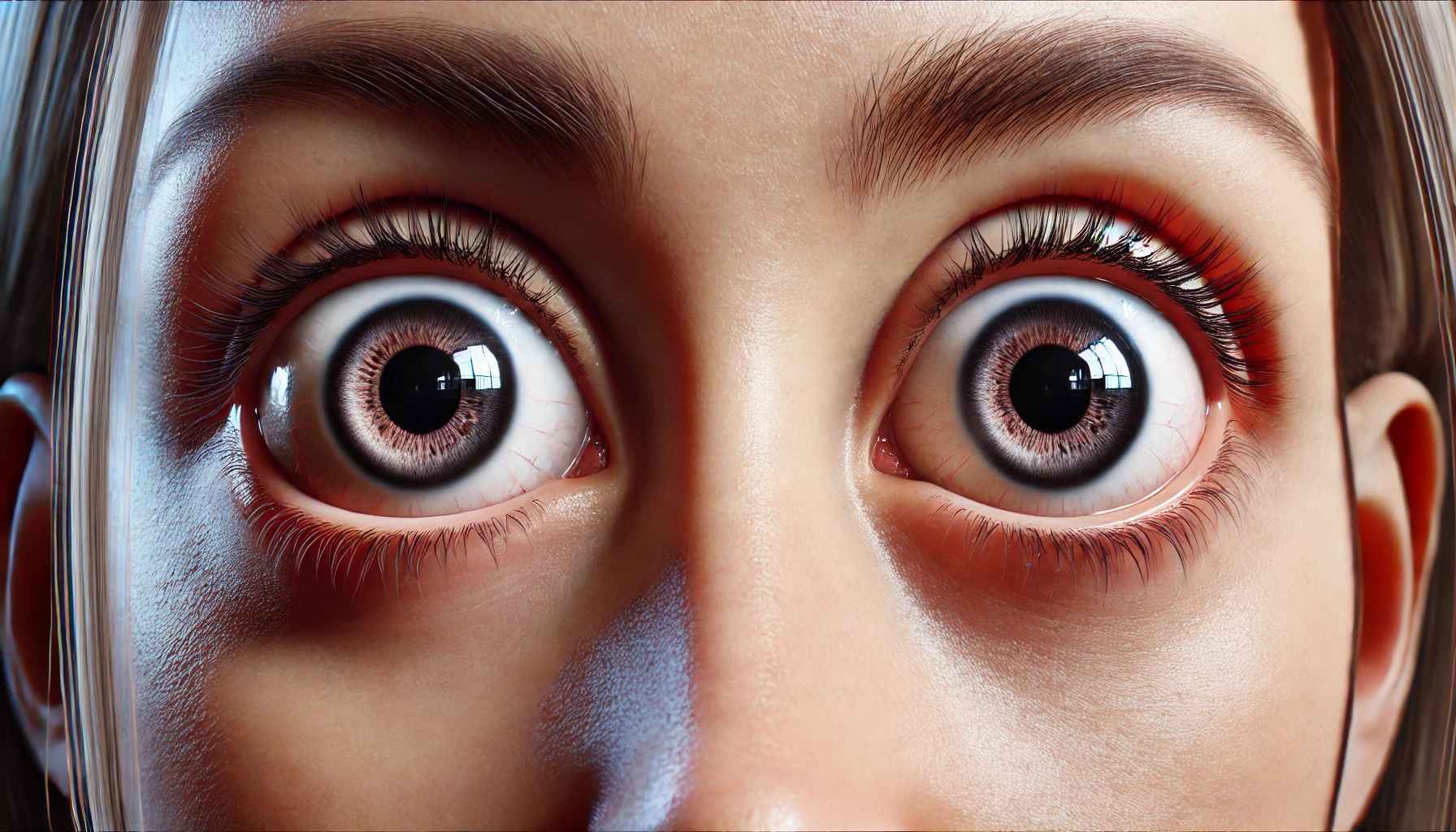This post was written with Consensus AI Academic Search Engine – please read our Disclaimer at the end of this article. Pupil size is influenced by a complex interplay of physiological, pharmacological, environmental, and psychological factors. Natural fluctuations in response to light, the intake of substances like caffeine, and the use of certain medications can all contribute to why your pupils might appear larger at times. Understanding these factors can help in identifying whether changes in pupil size are within the normal range or indicative of underlying issues.
Pupil size can vary due to a multitude of factors, ranging from physiological responses to environmental stimuli to the influence of pharmacological agents. Understanding the reasons behind pupil dilation can provide insights into both normal and abnormal ocular and neurological functions. This article explores the various factors that can cause pupils to appear larger, drawing on recent research findings.
Physiological Factors
Natural Fluctuations
Pupil size naturally fluctuates in response to changes in lighting conditions. In low light, the pupils dilate to allow more light to enter the eye, enhancing vision. Conversely, in bright light, the pupils constrict to reduce light entry and protect the retina. These changes are part of the eye’s normal adaptive mechanisms1.
Age and Pupil Size
Research indicates that pupil size can vary significantly among individuals, with minimal intra-individual differences. This suggests that while some people naturally have larger pupils, these sizes remain relatively stable over time1.
Pharmacological Influences
Medications and Substances
Certain medications and substances can induce pupil dilation. For instance, the consumption of caffeine has been shown to cause significant pupil dilation. A study found that caffeine intake led to a noticeable increase in pupil size, likely due to its stimulating effects on the nervous system3. Similarly, drugs that act on the serotoninergic system, such as buspirone, can also cause pupil dilation. Buspirone, a 5-HT1A receptor agonist, has been observed to induce miosis (pupil constriction) in some conditions, but its overall effect on pupil size can vary depending on the dosage and lighting conditions5 6.
Anxiolytic Drugs
Anxiolytic drugs like lesopitron, another 5-HT1A receptor agonist, have been shown to decrease pupil diameter. However, the extent of this effect can depend on the ambient lighting, with more significant miosis observed under certain lighting conditions5.
Environmental and Psychological Factors
Lighting Conditions
The ambient lighting significantly affects pupil size. In darkness, pupils dilate to maximize light intake, while in bright conditions, they constrict. This adaptive response is crucial for optimal vision and protection of the eye5.
Psychological State
Emotional and psychological states can also influence pupil size. For example, heightened states of arousal or stress can lead to pupil dilation. This is part of the body’s fight-or-flight response, where the sympathetic nervous system is activated, causing the pupils to enlarge to improve vision3.
Disclaimer
The content presented in this blog is generated by Consensus, an AI-powered academic search engine, and is based on publicly available scientific literature. While every effort is made to provide accurate, up-to-date, and well-researched information, the content is intended for informational and educational purposes only. It does not constitute medical advice, diagnosis, or treatment. Always consult a qualified healthcare professional before making any decisions regarding medical conditions, treatments, or medications. The AI system’s analysis may not cover all perspectives, emerging research, or individual cases, and it is not a substitute for professional expertise. Neither the blog publisher nor the developers of the AI-powered search engine are responsible for any actions taken based on the information provided in this content. Use of this information is at your own risk. Citations to the original scientific studies are included for reference, but these studies should be reviewed in full and interpreted with the guidance of a healthcare or research professional.
If you are experiencing a medical emergency, please seek immediate attention from a healthcare provider.
